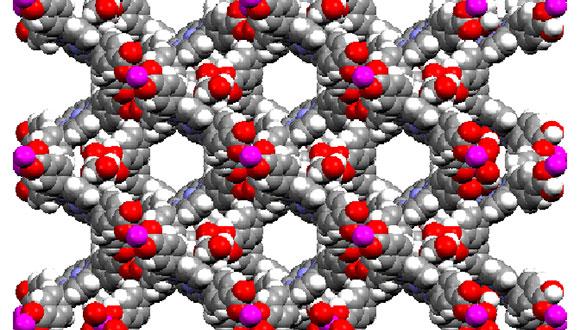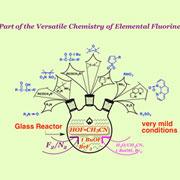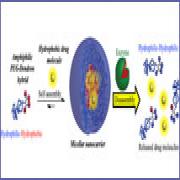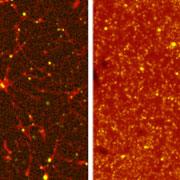Crystallography
Crystallography is a science concerned with the laws governing the crystalline state of solid materials, with the detailed arrangement of atoms in crystals, and with their physical and chemical properties, their synthesis and their growth.
Crystallographic methods involve the analysis of the diffraction patterns of a sample targeted by X-rays, electron or neutron radiation. They are also engaged in the development of mathematical / statistical and modeling approaches to decipher the atomic structure of materials from diffraction data.
The range of matter studied by Crystallography spans over organic (e.g. drugs), inorganic (e.g. ceramic materials), organometallic (e.g., MOFs) chemicals, polymers and fibers, biological macromolecules (e.g., DNA, proteins) and their aggregates (e.g. viruses), liquid crystals, quasi-crystals and other solids of reduced order. Crystals play an important role in many subjects, among them mineralogy, chemistry, physics, metallurgy, materials science, geology, geophysics, biology and medicine.
X-rays diffraction crystallography is the principal method used in the study of crystalline, polycrystalline and thin layer materials at the in-house laboratory level, in conjunction with other probe-microscopy imaging techniques. For more demanding investigations experimental setups with powerful synchrotron and neutron sources at numerous central facilities around the world are also accessible to the scientific community.
Researchers:





